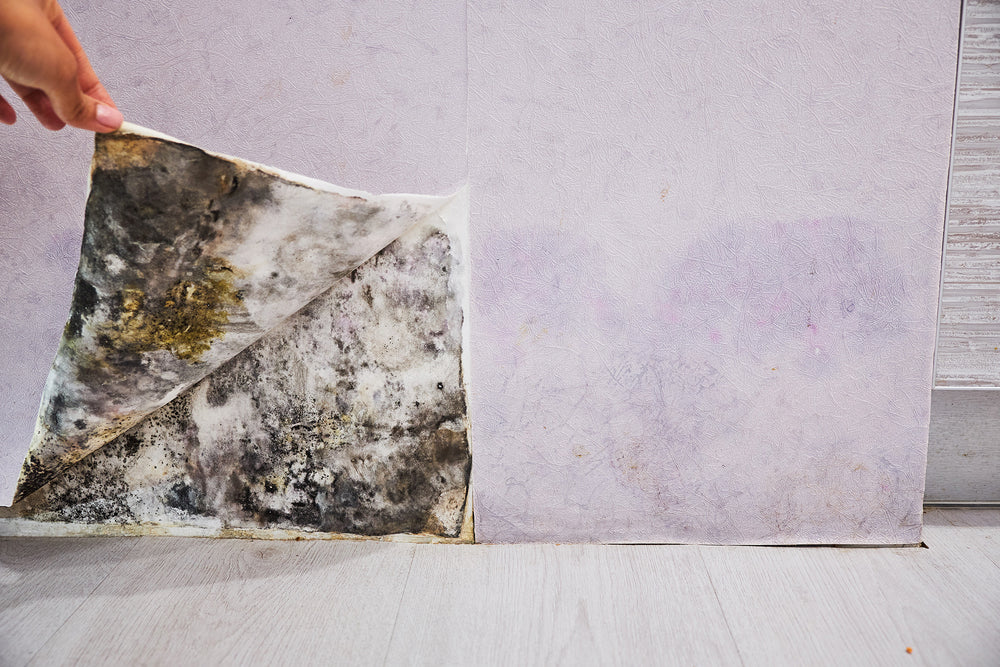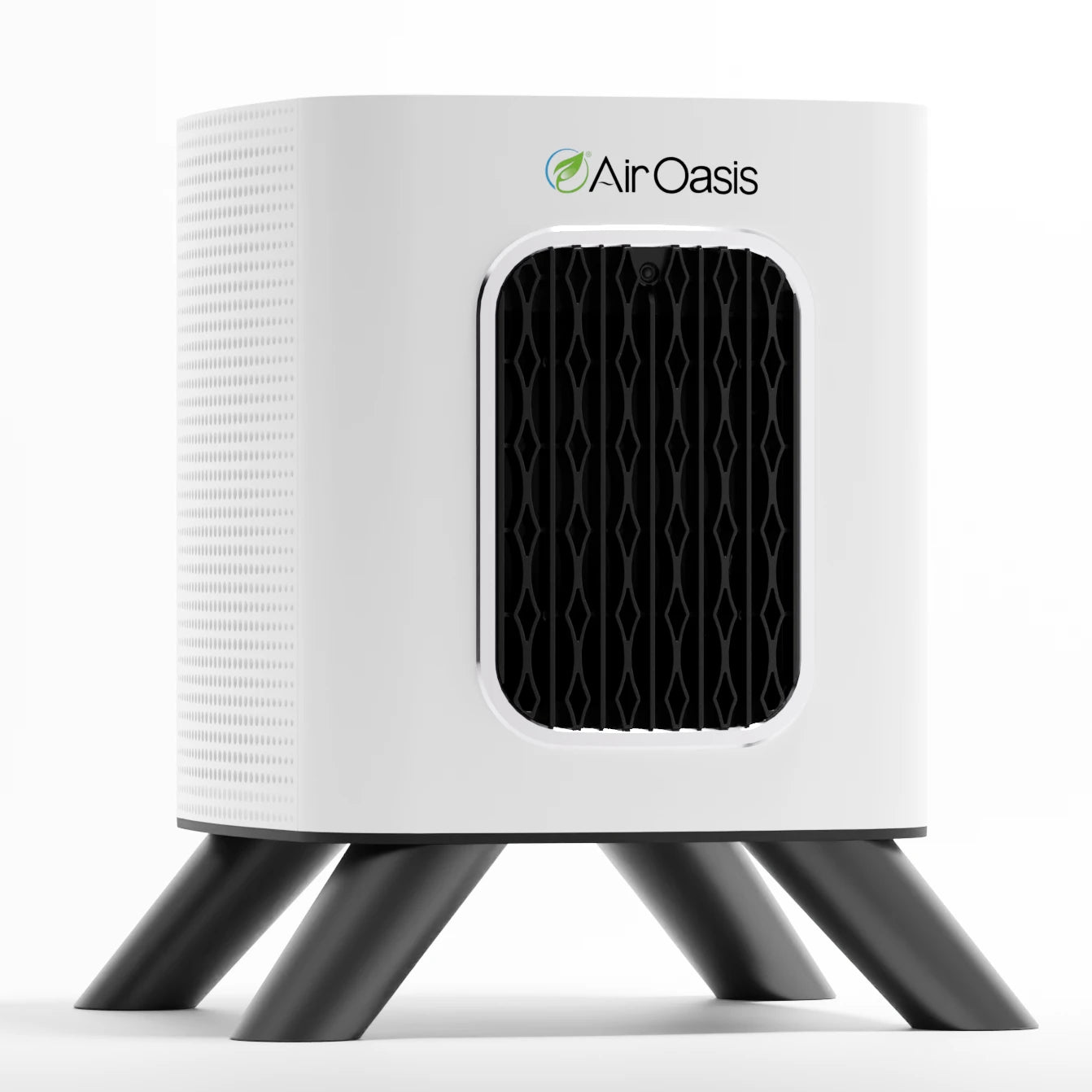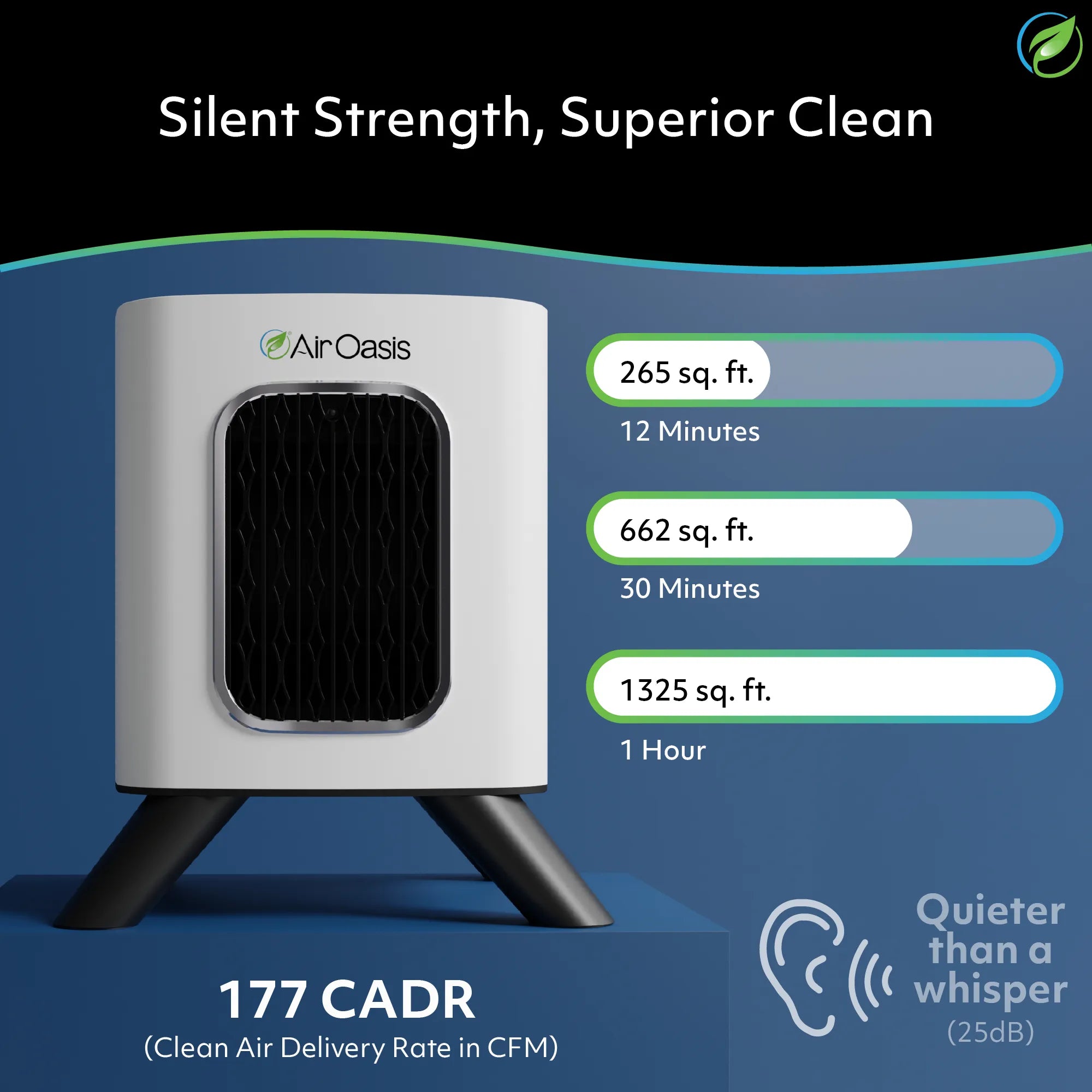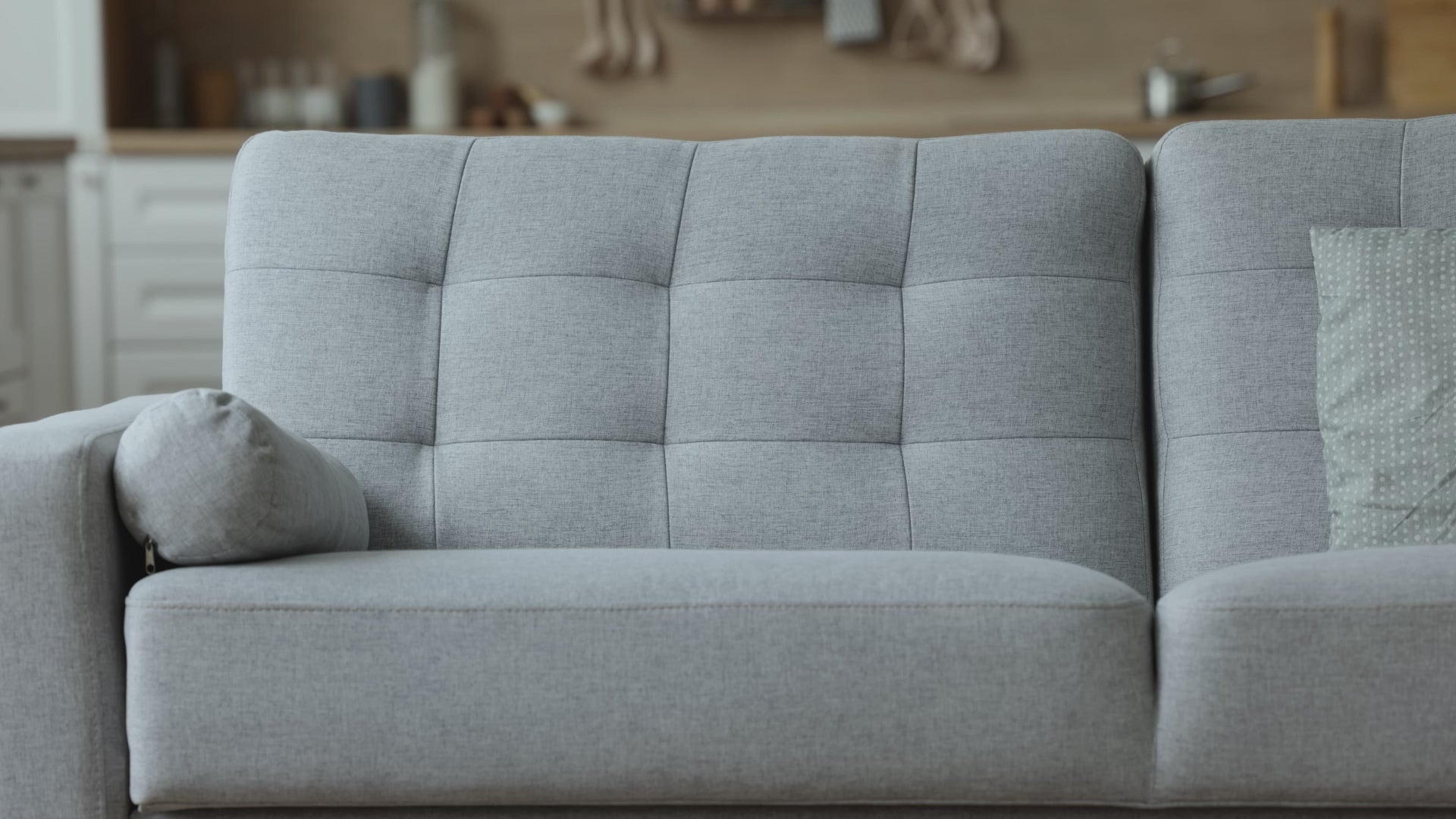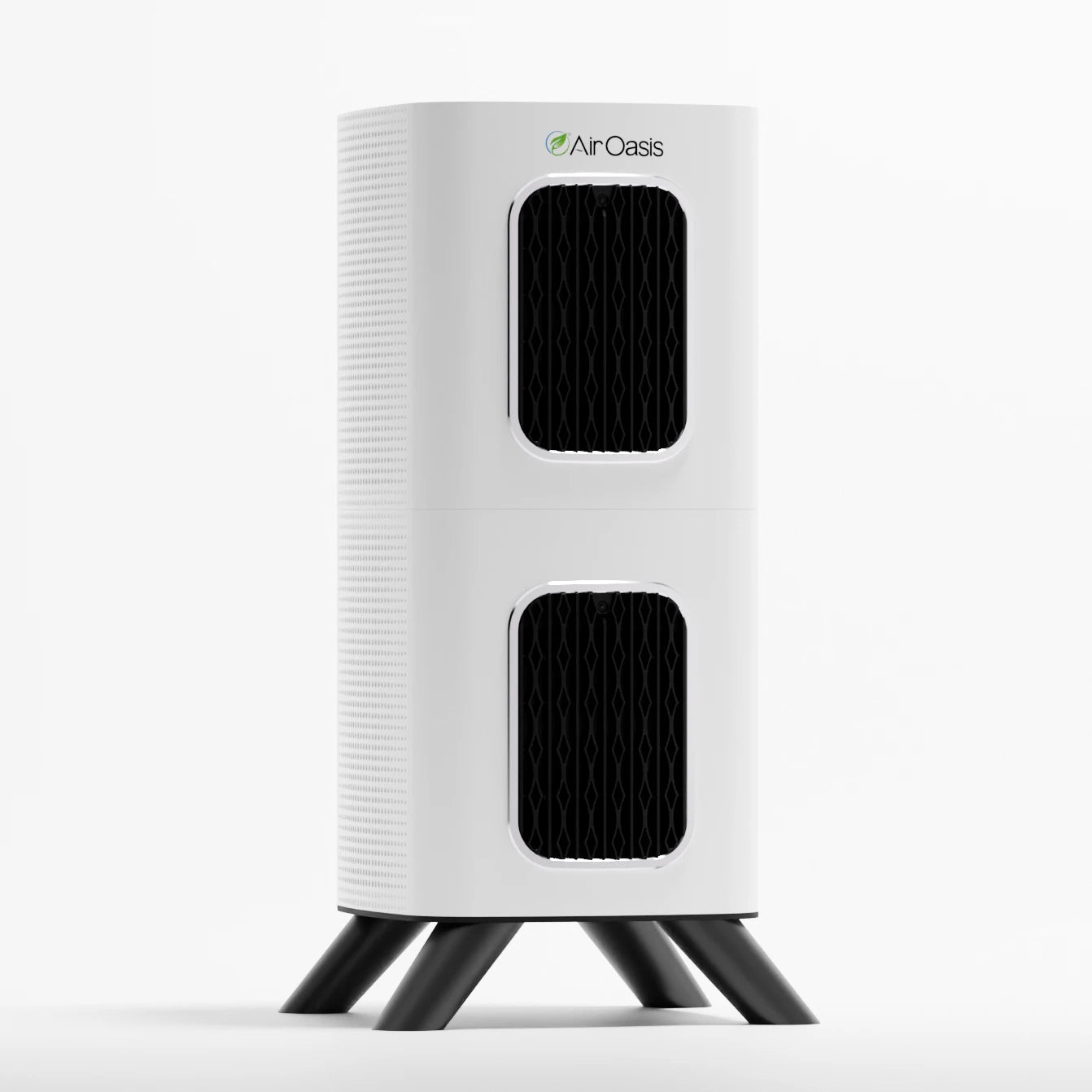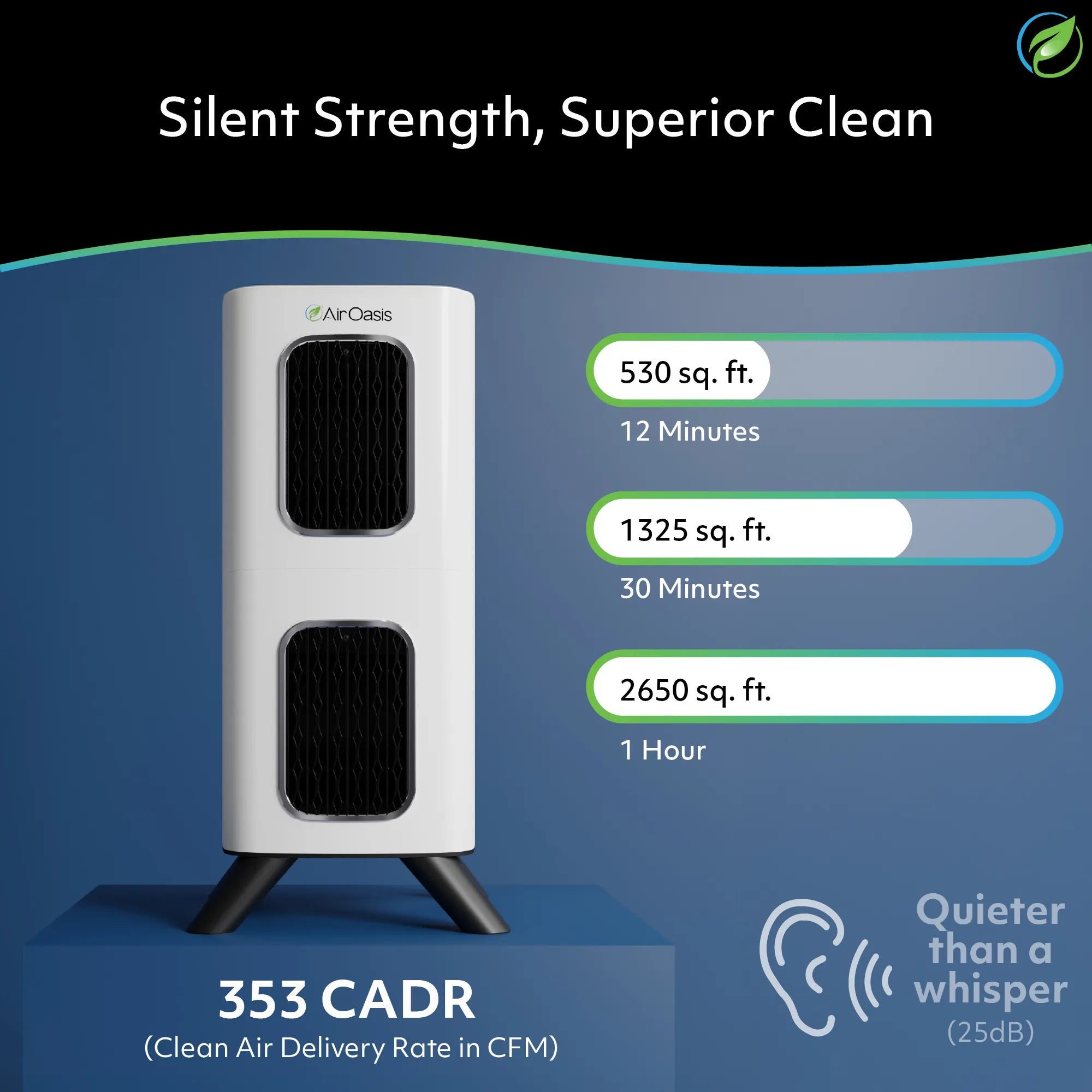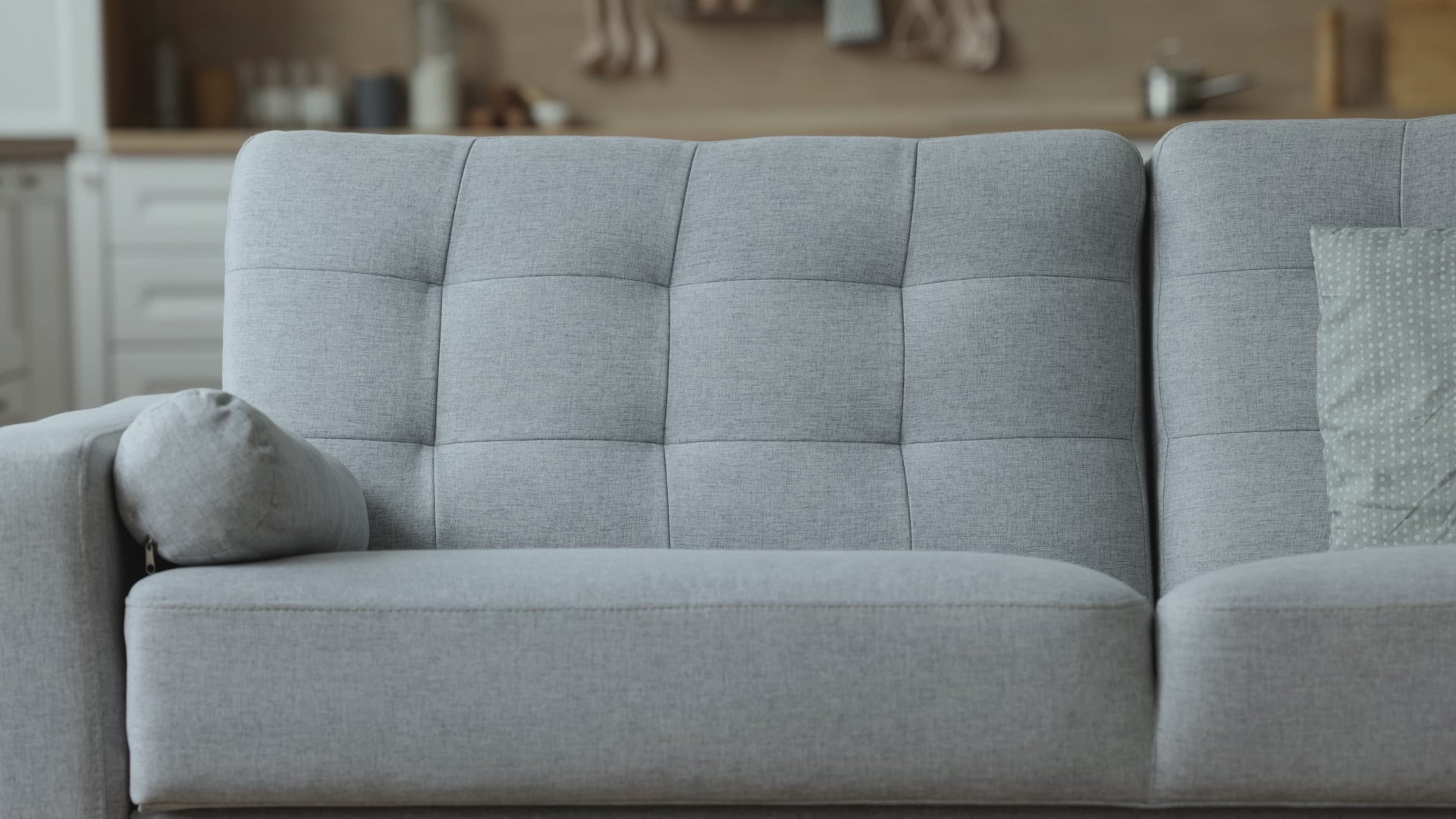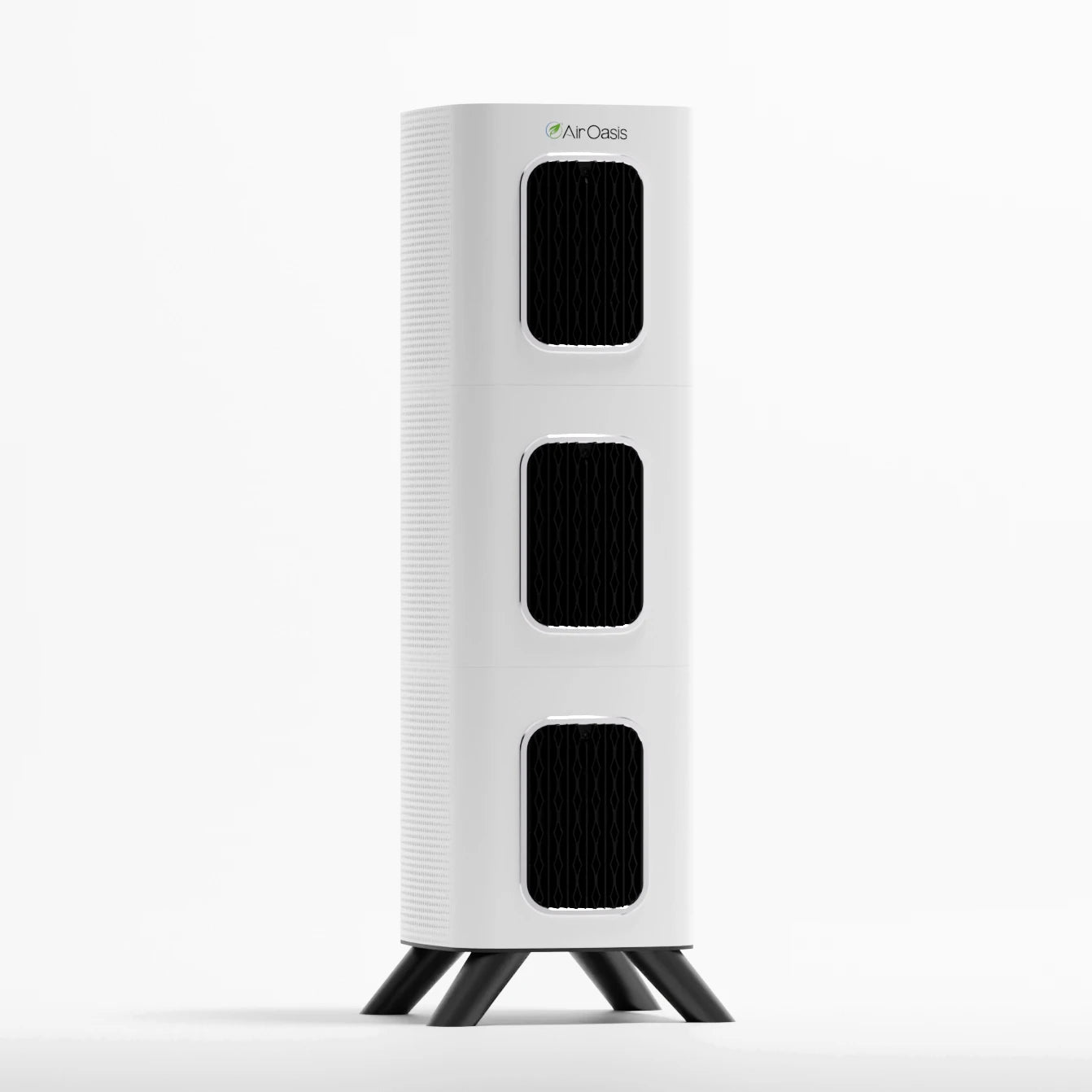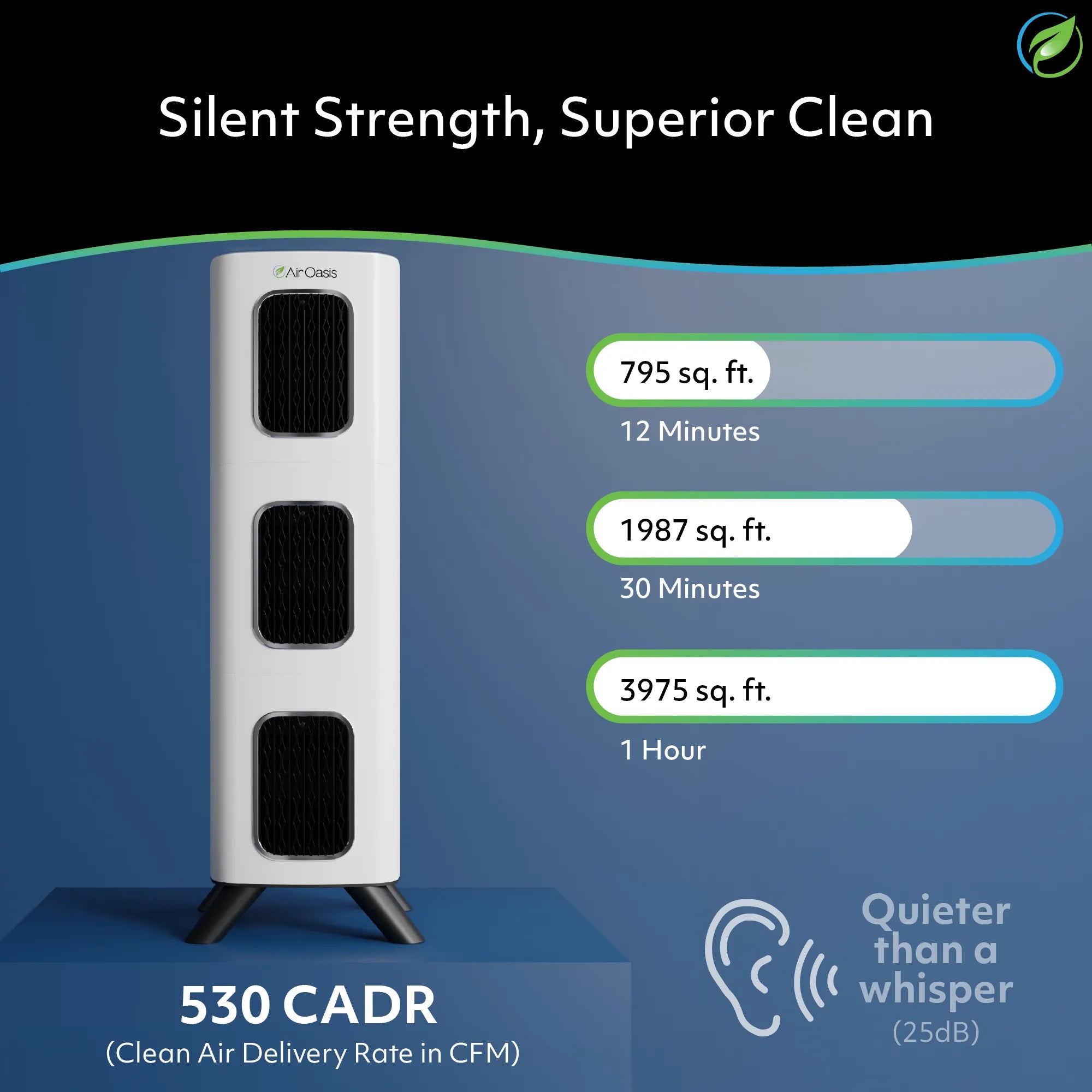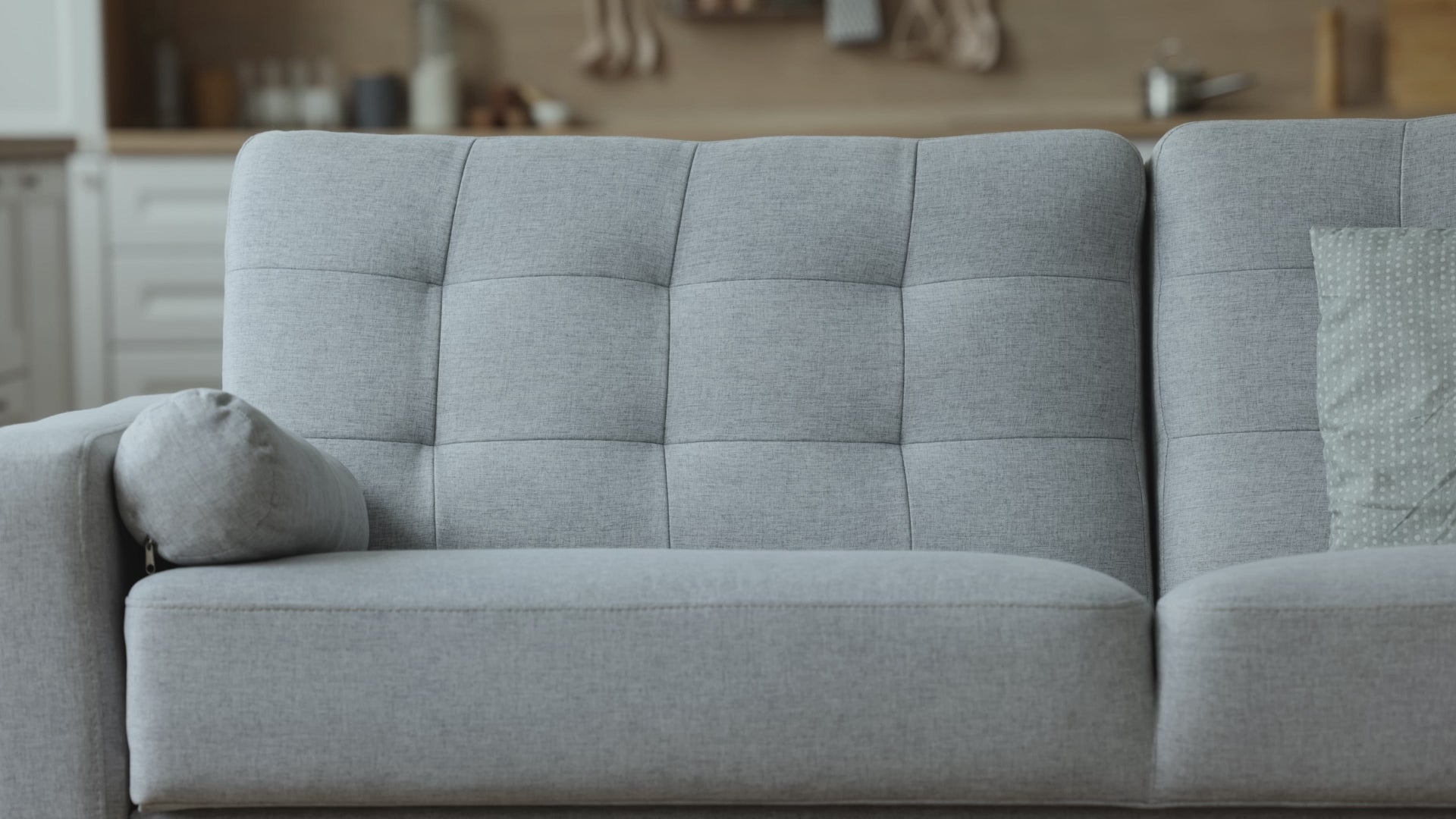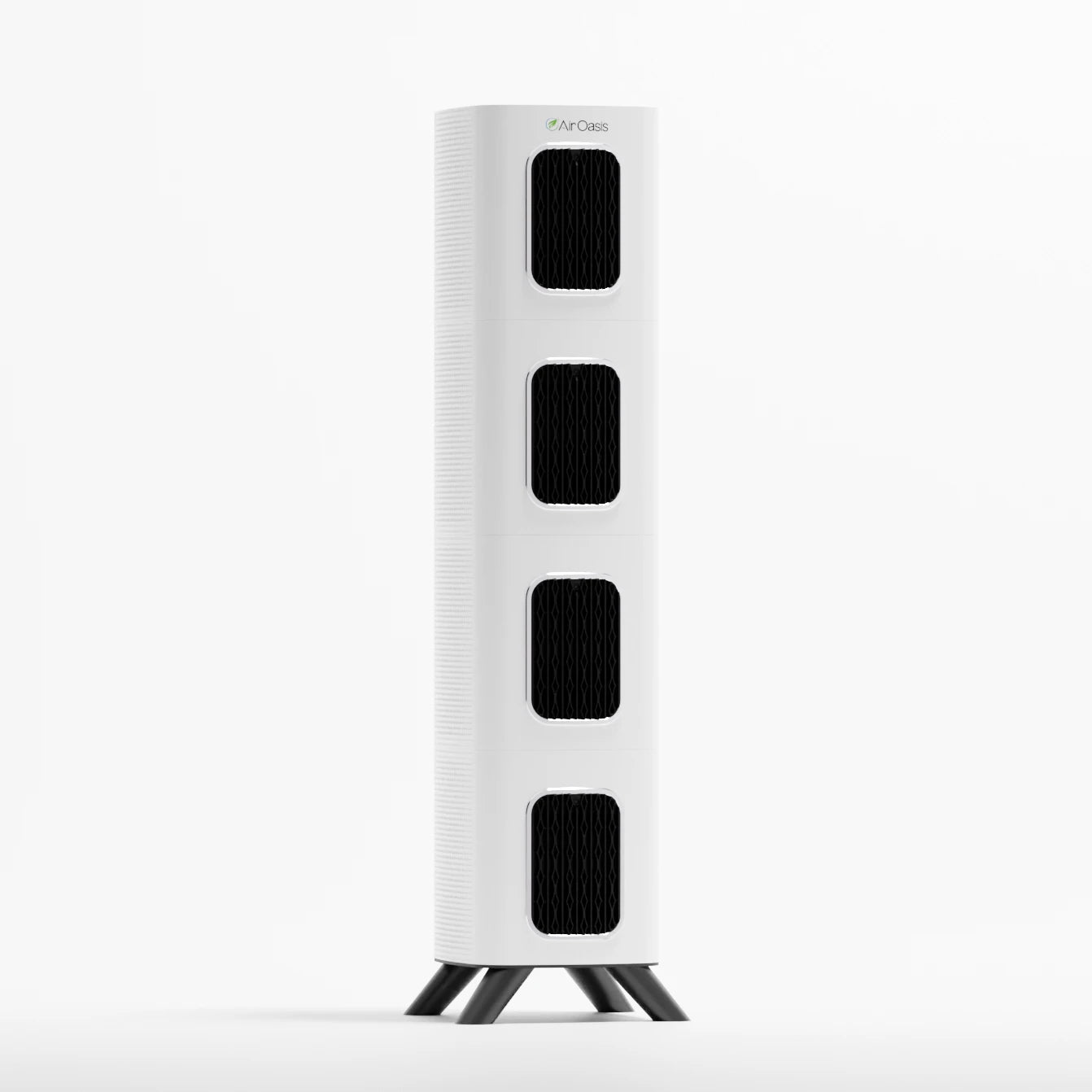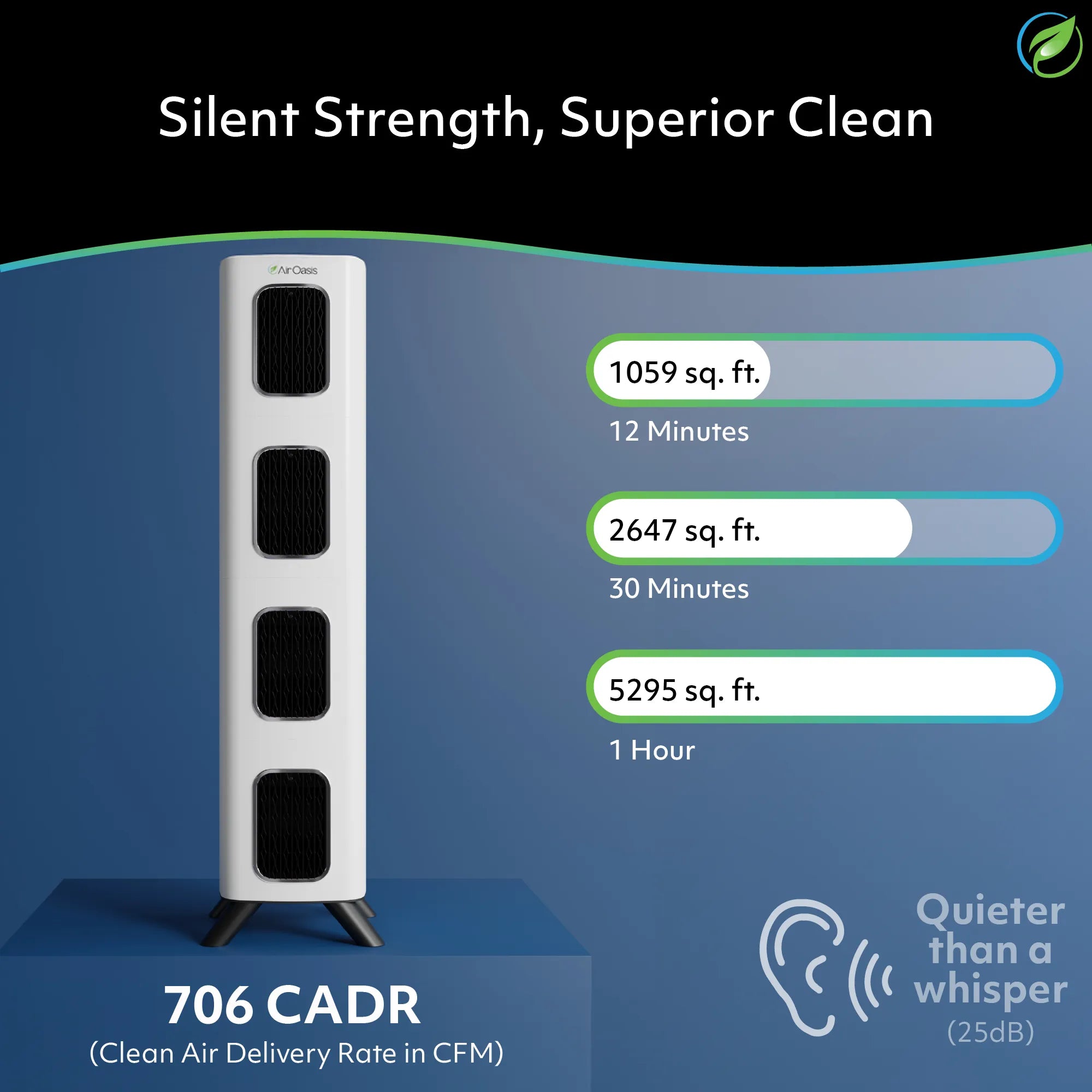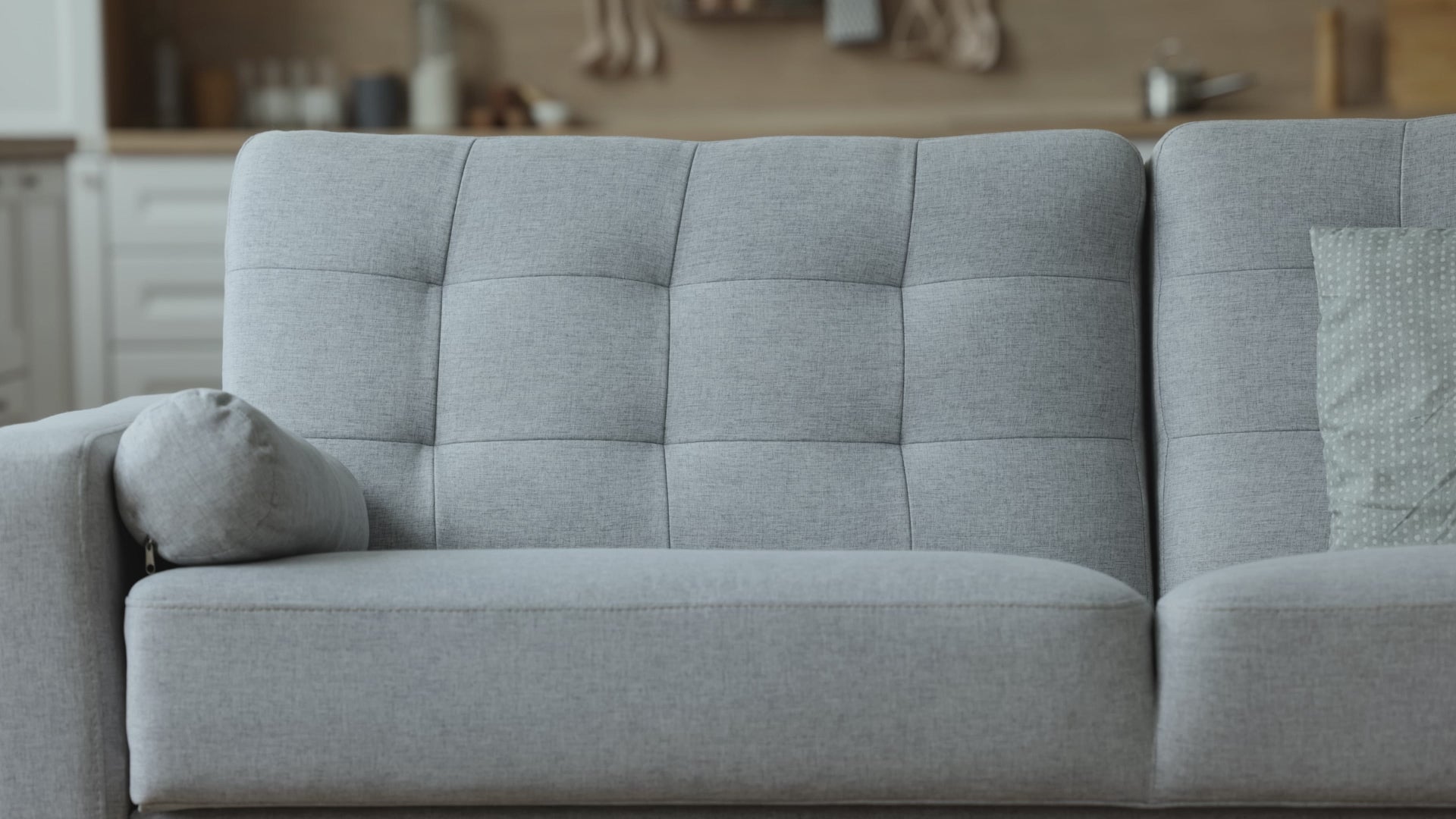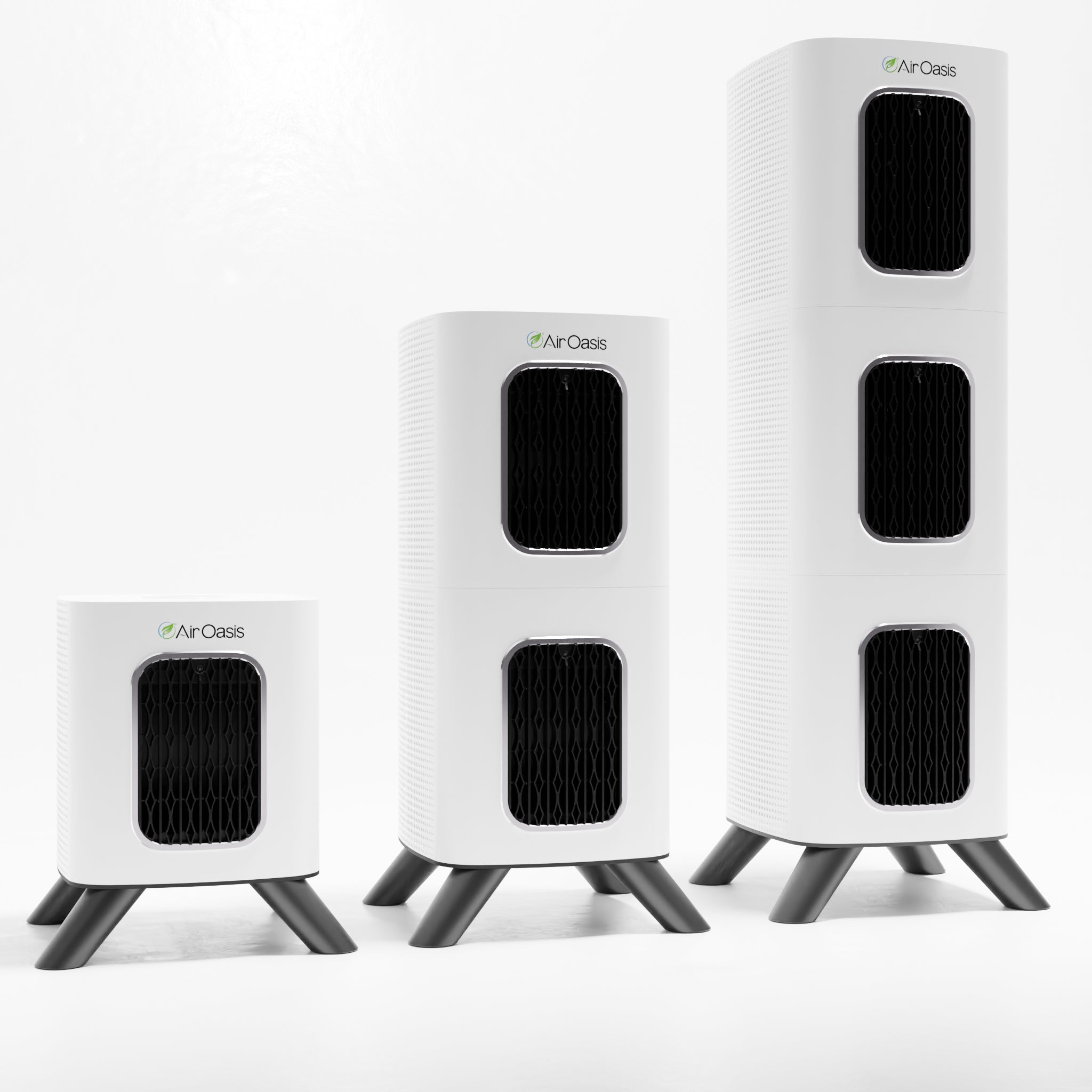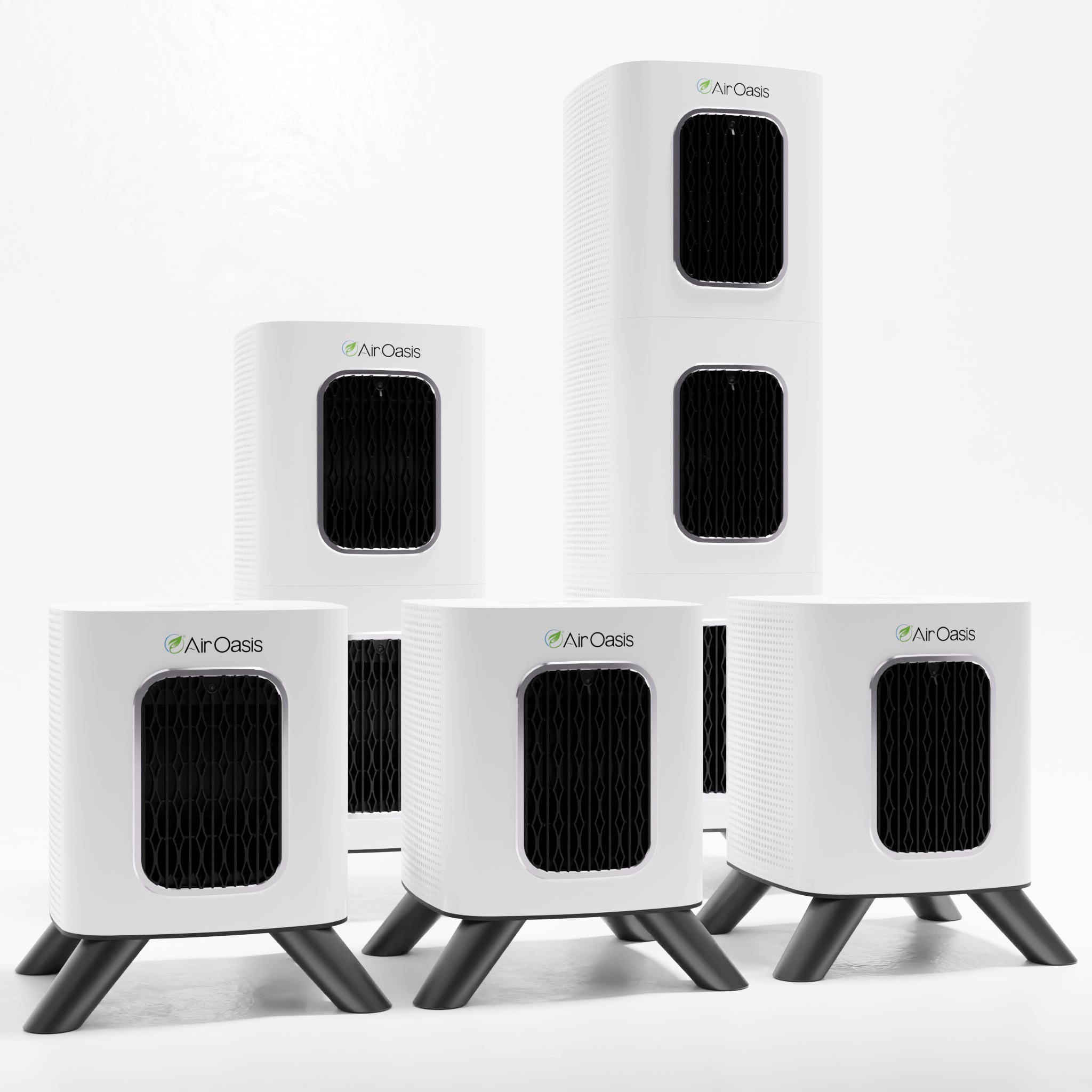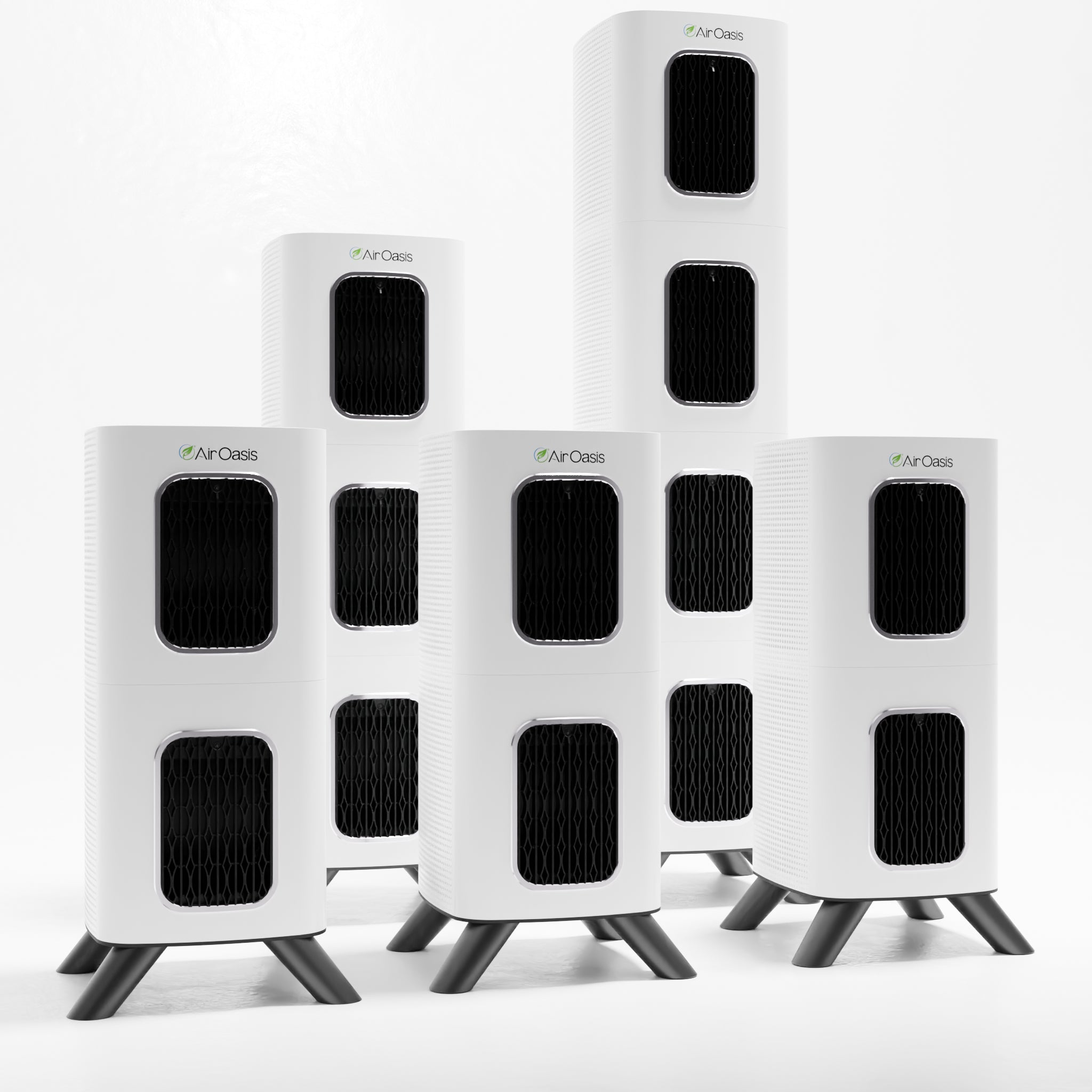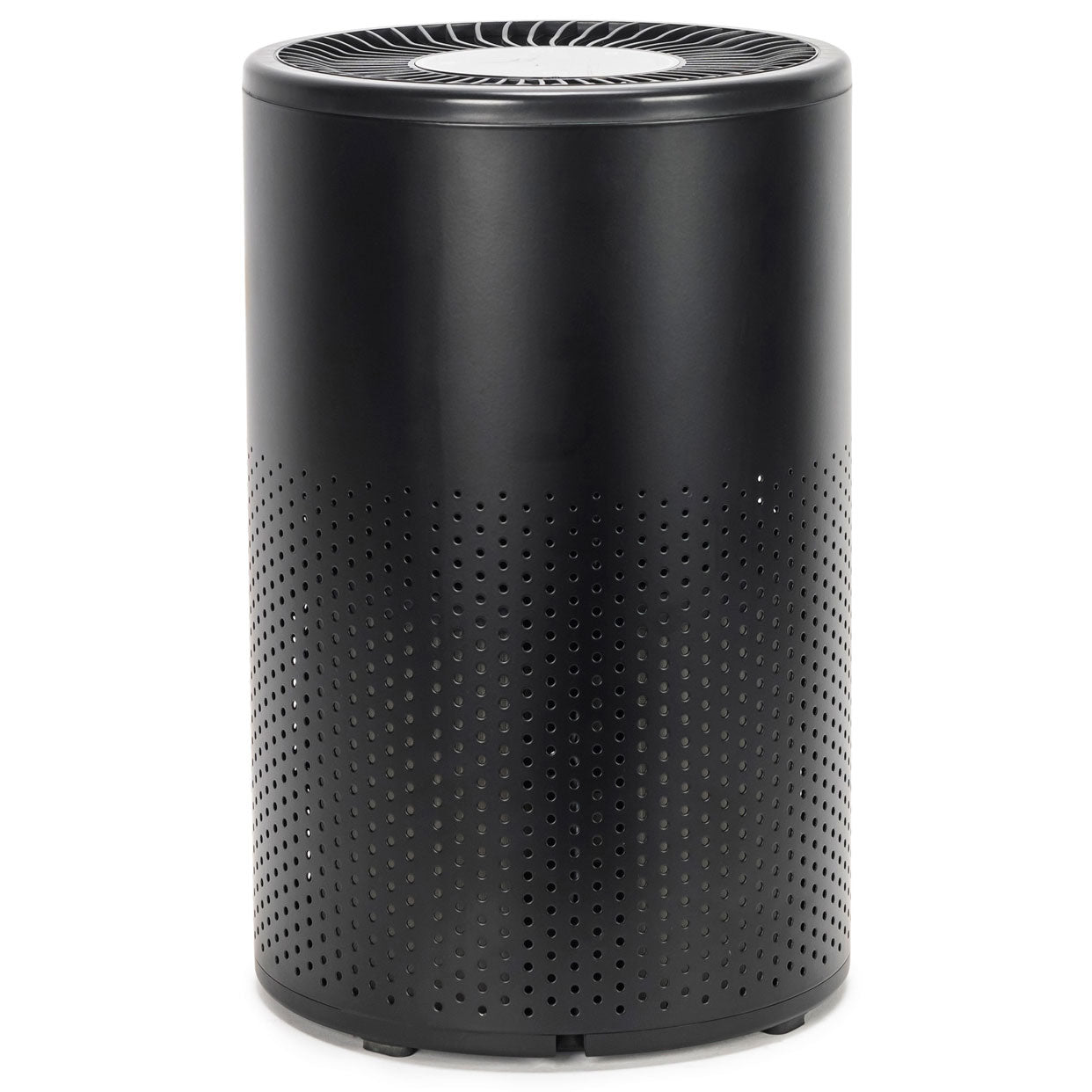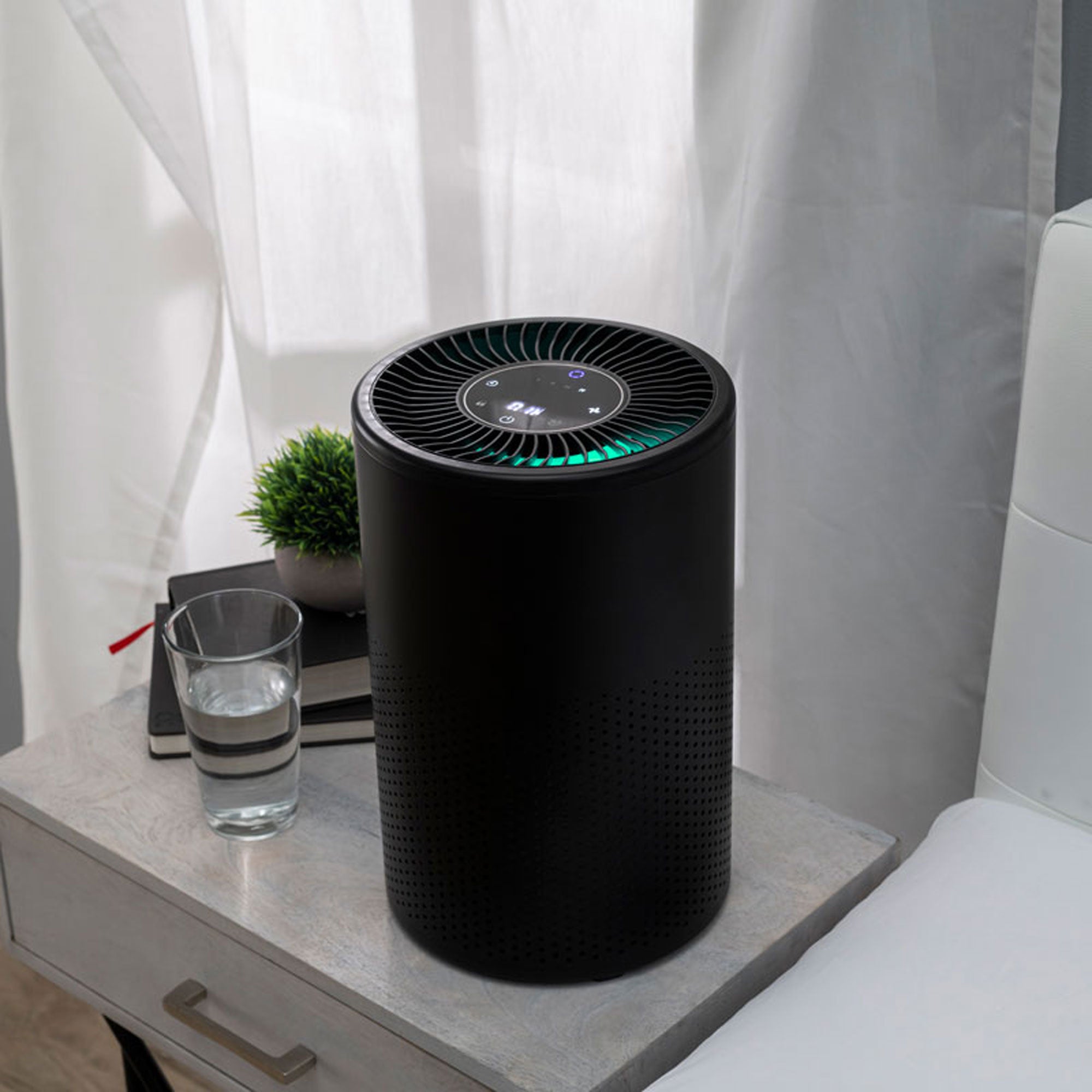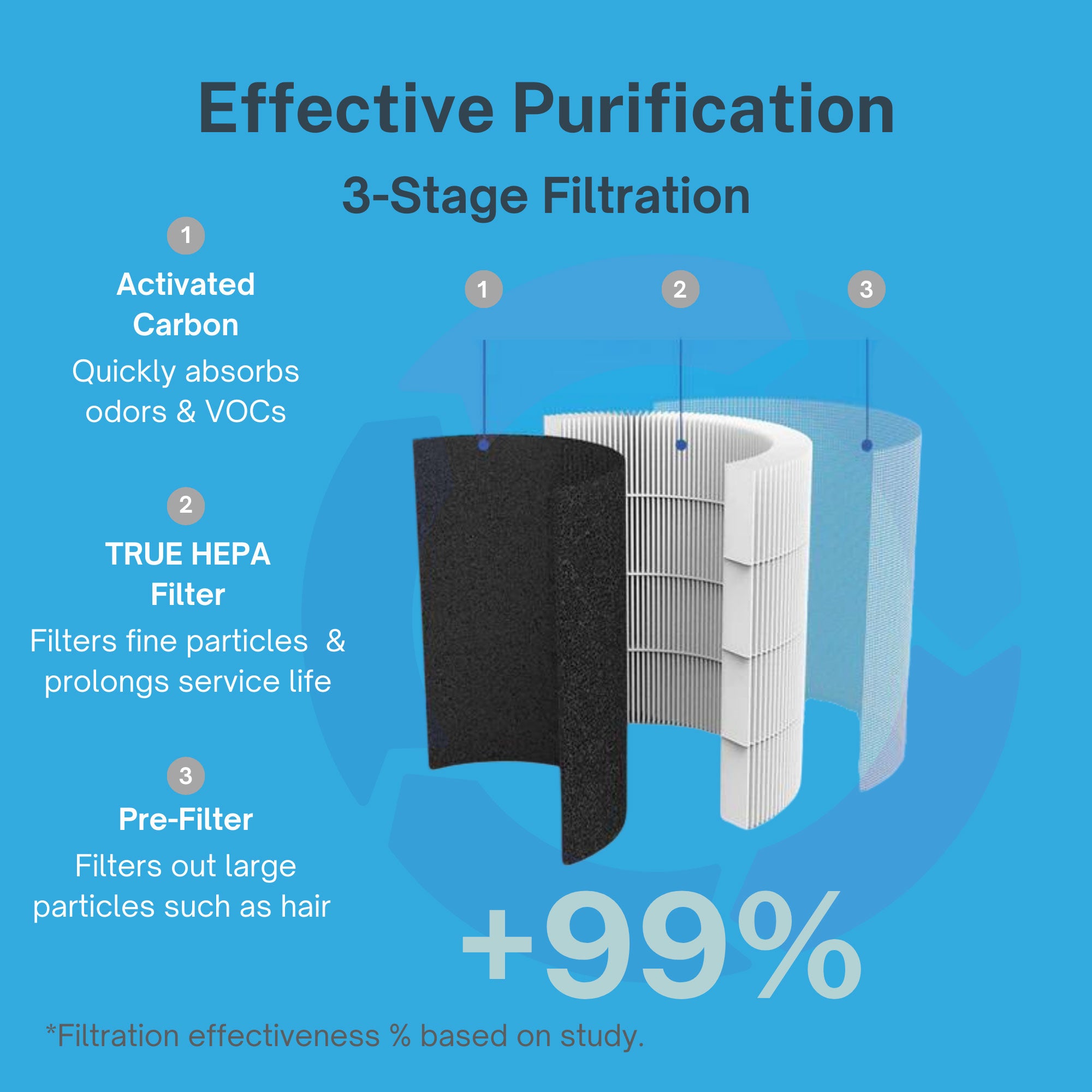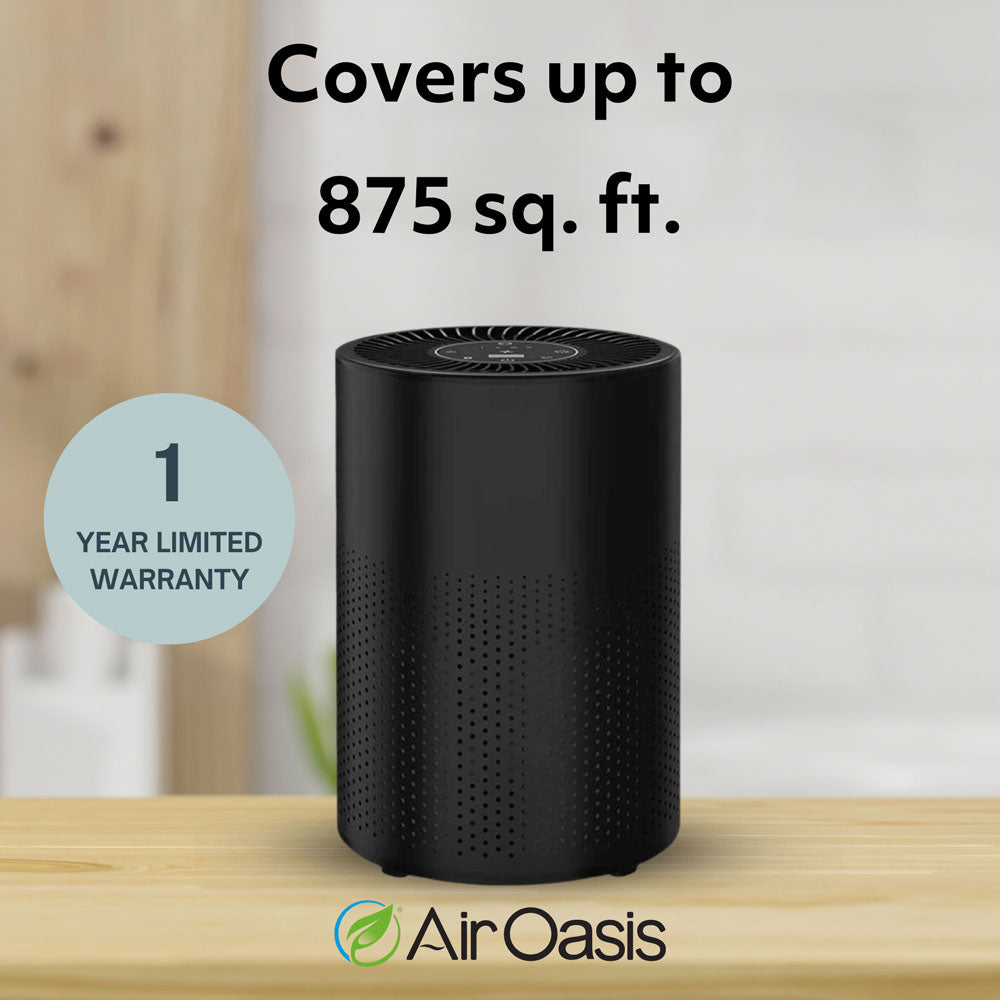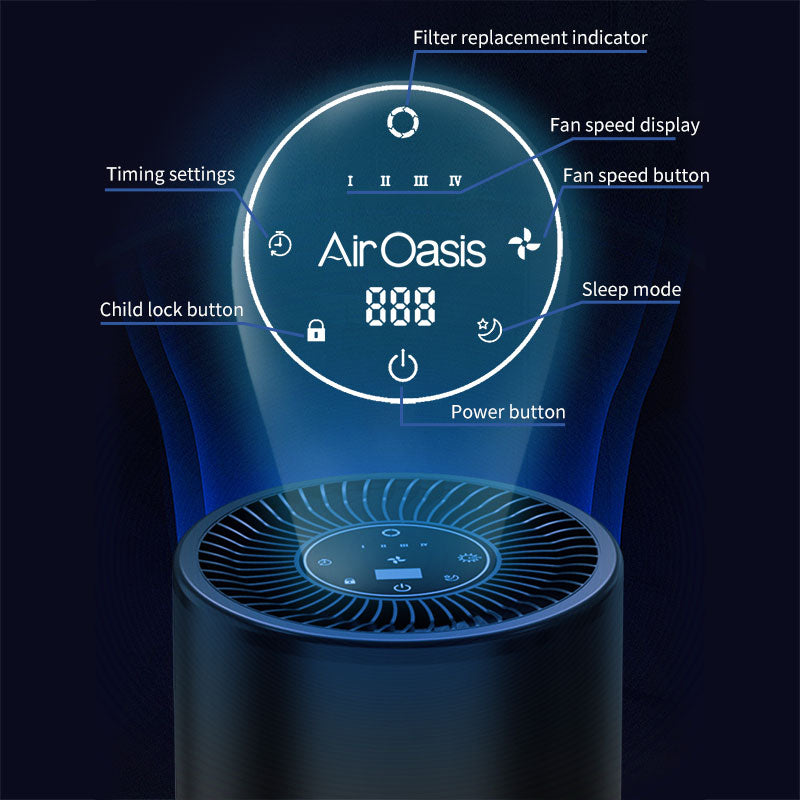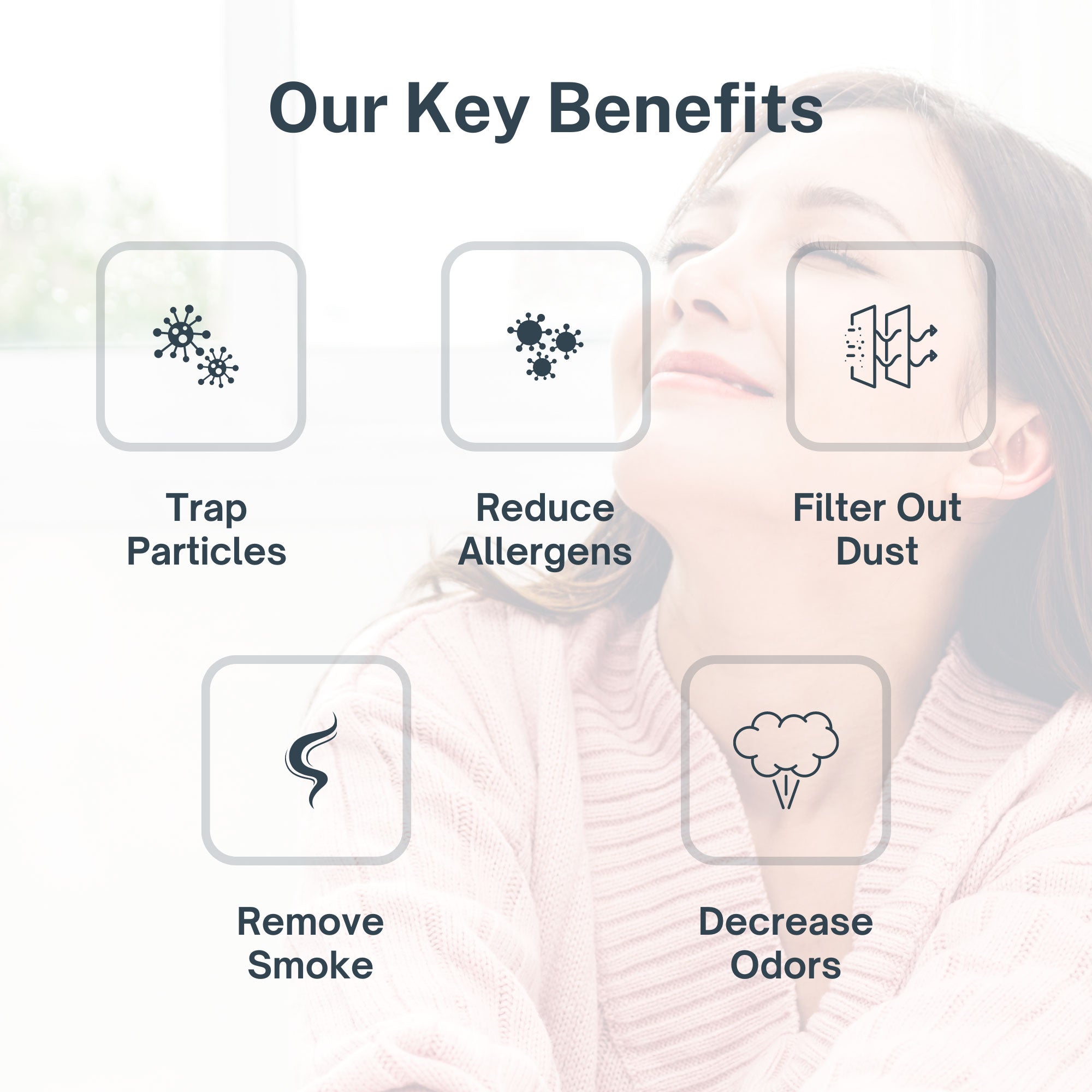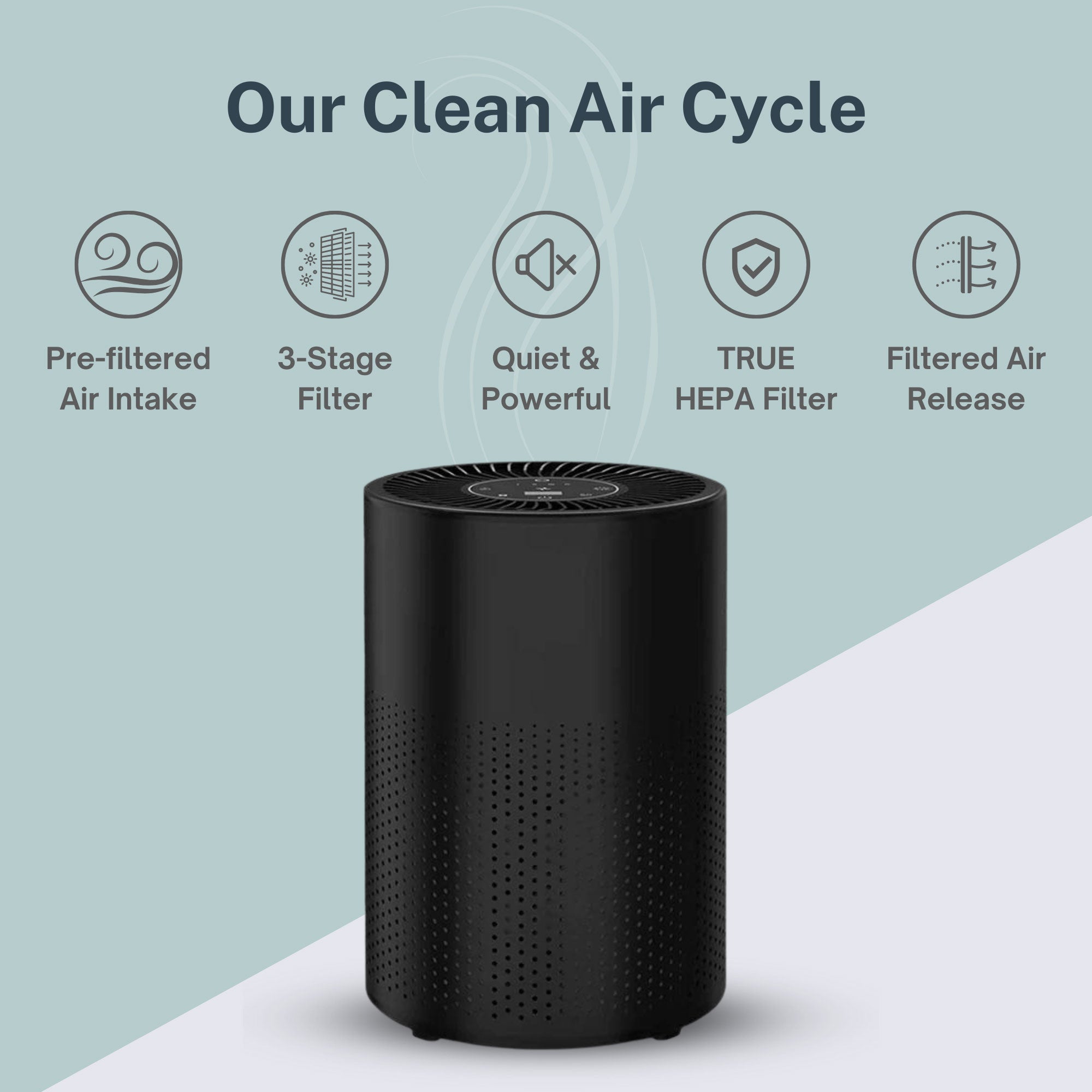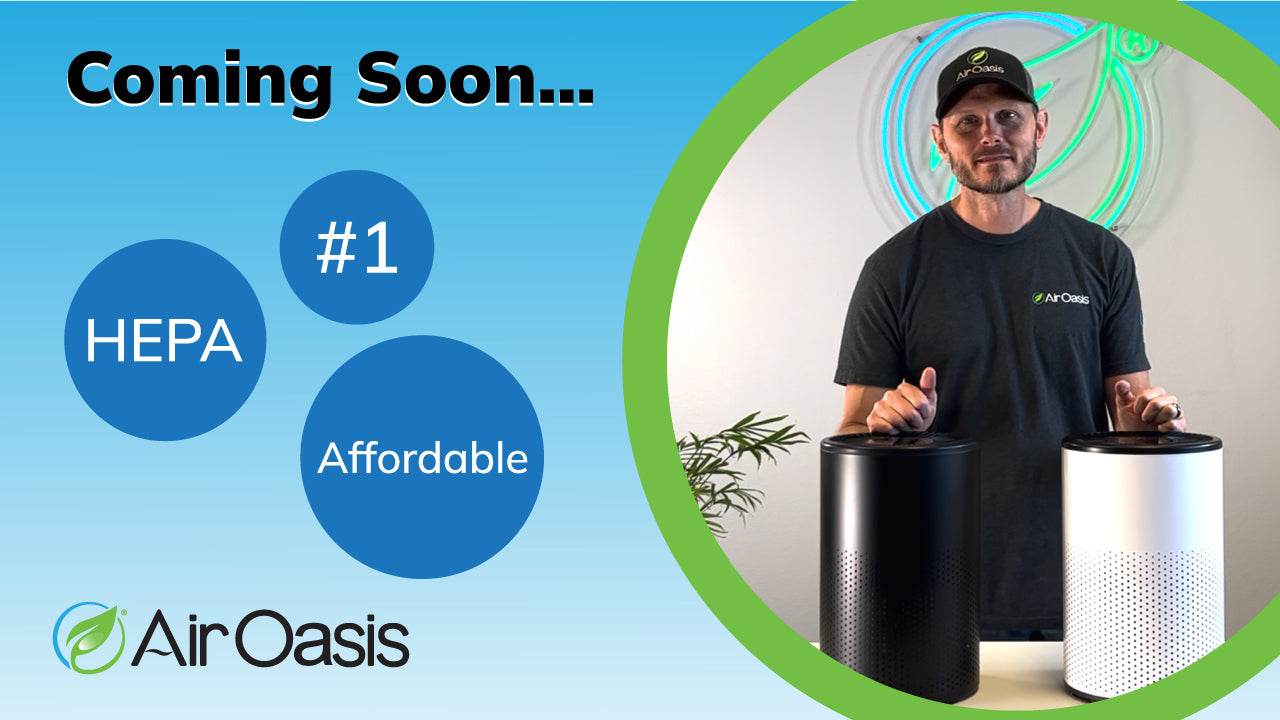Building or renovating a home is an exciting project, but it also presents risks for mold problems if you're not careful. Mold can cause serious health issues and damage your beautiful new living space. That's why taking proactive measures to mold-proof during construction is so crucial.
This post will provide practical tips on how to prevent mold growth when building a new home or renovating. From construction materials to ventilation systems, we'll cover smart strategies for creating a mold-resistant environment from the start.
Air purifiers with mold-removal capabilities, like those from Air Oasis, can also be a powerful tool during construction projects and renovations to control airborne mold spores. We'll discuss how they can be part of your mold-prevention plan.
Start with a Solid Foundation
It all starts with the foundation. Improper drainage and grading around the base of your home can lead to pooling water that allows mold to flourish. Make sure the ground slopes away from the foundation at least six inches over 10 feet to allow water to flow away properly.
Using moisture-resistant foundation materials like concrete or masonry blocks will prevent moisture intrusion into your home's base, where mold could start growing and spreading upwards.
Ventilation is Key
Proper ventilation is critical for minimizing moisture buildup, a key food source for mold growth. Install vents, exhaust fans, or windows in moisture-prone areas like kitchens, bathrooms, and attics to keep air circulating.
Your heating and cooling system can also be a moisture culprit if not maintained. Routinely change filters, clean ducts, and service HVAC equipment to prevent condensation buildup that allows mold to thrive.
Control Moisture Levels
Damp basements and crawl spaces are a perfect breeding ground for mold. Running dehumidifiers in these areas will pull excess moisture from the air to control humidity levels below the 50% level where mold struggles to grow.
Plumbing leaks or moisture problems, such as flooding, need to be addressed immediately during construction or renovations. Lingering water and moisture will lead to rapid mold growth within 24-48 hours.
Choose Mold-Resistant Materials
Certain drywall and insulation materials like paperless drywall and rigid foam insulation don't provide a food source for mold to feed on, making outbreaks far less likely if moisture is introduced.
Look for specially formulated paints and finishes that contain mold inhibitors to prevent fungal growth on surfaces. This is ideal for bathrooms, basements, and other high-moisture areas.
Regular Inspections and Maintenance
Once your home is built or renovated, it's crucial to keep up with regular inspections of potential leak areas like plumbing and the roof. Promptly fixing any moisture issues is key to stopping mold before it can multiply.
Part of your inspection routine should include clearing out gutters and downspouts so water can properly drain away from your home's foundation to avoid moisture accumulation.
If you start to notice moisture buildup, condensation, or visible mold growth, don't wait! Taking swift action at the first signs is the best way to prevent potential mold infestations from worsening.
Invest in Air Purifiers
Even with preventative measures, construction dust and microscopic mold spores can still become airborne during projects. Air purifiers utilize HEPA filtration to capture mold spores, allergens, and particles as small as 0.1 microns from circulating air.
Air Oasis makes cutting-edge air purification systems that combine True H13 HEPA filters, UV-C light sterilization, bi-polar ionization, silver ions, and activated carbon filtration for comprehensive mold and allergen removal during construction and beyond.
Using an air purifier should absolutely be part of your mold prevention toolkit. High-quality air purifiers create a cleanroom-like environment to reduce cross-contamination of mold spores and protect indoor air quality.
Spotting Mold During Construction or Remodeling
While taking preventative measures is ideal for avoiding mold problems, it's still important to be able to recognize signs of mold growth during construction or renovation work. Even with precautions, mold can start to develop if moisture issues aren't addressed promptly.
Looking out for common indicators of mold will allow you to catch any potential infestations early before they become bigger problems. Here are some key things to watch for:
Visible Mold Growth
The most obvious sign of mold is visible growth, which can often be spotted fairly easily. Look for clusters of growth that may appear fuzzy, slimy, or discolored. Mold tends to grow in irregular patterns and can be black, white, green, gray, brown, or other colors.
Check high-moisture areas like bathrooms, attics, basements, and around windows or pipes for suspicious-looking patches or staining on surfaces like walls, floors, ceilings, or behind drywall.
Musty Odors
Mold has a distinctive musty, earthy, or damp odor. If you start to notice strong, persistent, musty smells in any areas of the construction zone, it could be a sign that mold has started growing somewhere unseen.
Follow your nose to try to identify the source of any concerning odors. Sniffing out mold allows you to address it before growth becomes visible.
Evidence of Moisture Issues
Another red flag is spotting evidence of potential moisture problems that can enable mold growth, like water stains or condensation on surfaces, walls, or windows.
Areas of pooled water, leaks, flooding, or excessive humidity can accelerate mold formation if not dried out quickly.
If you discover any areas of mold growth during construction, it's best to immediately halt work on those spaces until the mold is properly remediated by professionals. This ensures your construction team avoids exposure risks and prevents the spread of mold spores.
Mold-Proof Any Space with Air Oasis
Mold can cause serious respiratory issues and rapidly deteriorate your beautiful new home if allowed to take hold. Preventing moisture problems from the start when building or renovating is crucial to safeguarding your investment and your family's health long-term.
We've covered a variety of effective strategies like ensuring proper drainage, moisture control, ventilation, mold-proof materials, consistent maintenance, and air purification to create an environment that's hostile towards mold growth.
As part of your mold-prevention approach, check out the innovative air purifiers from Air Oasis that are scientifically proven to remove mold, mold spores, mycotoxins, and other pollutants for cleaner indoor air quality.
By utilizing these tips during construction projects and maintaining a mold-proof home, you'll have peace of mind in creating a safe, healthy living space to enjoy for years to come with your loved ones. The preventative effort is worth it!
